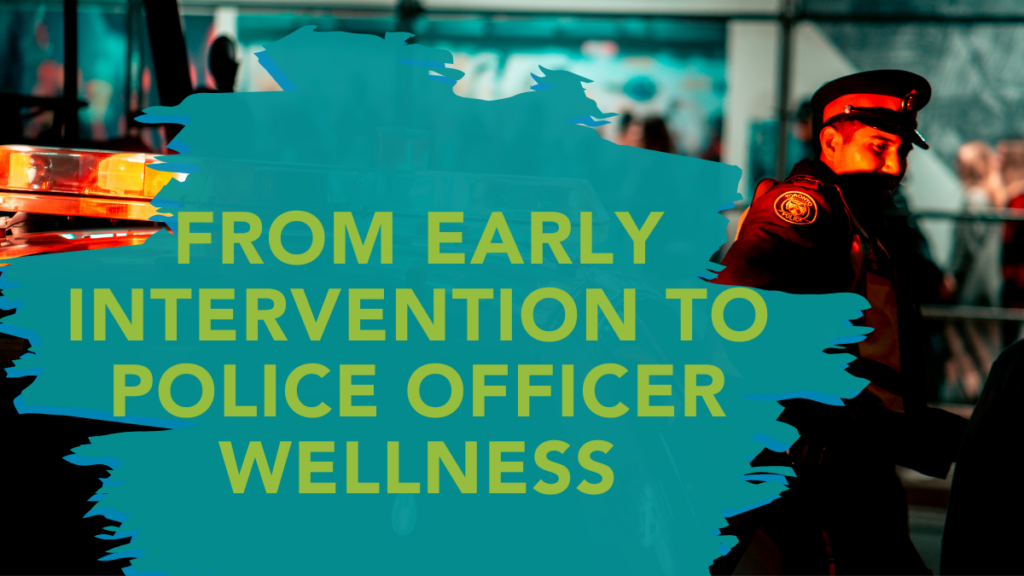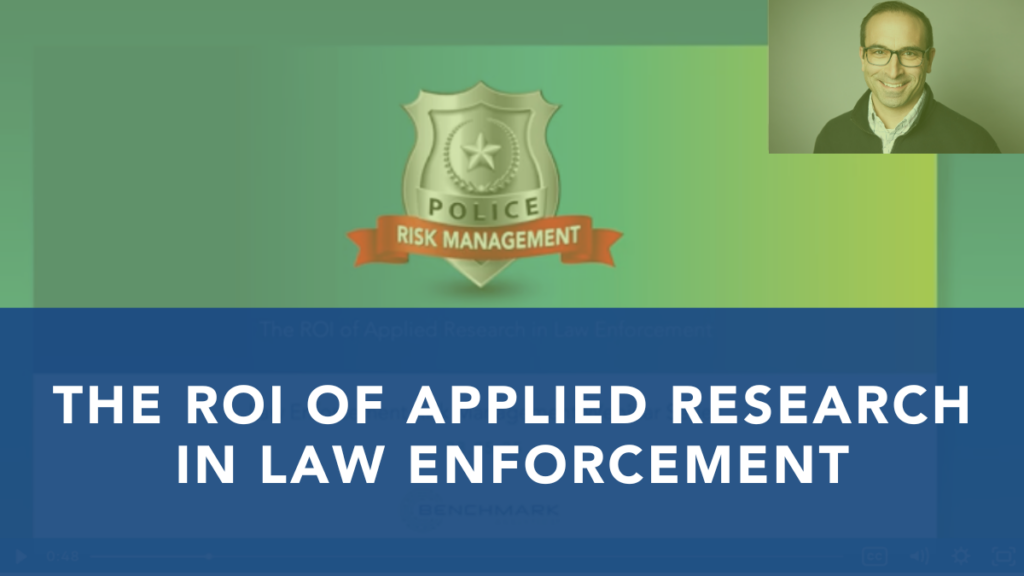Why You Should Align Evidence-Based Policing with Your Training
Posted
March 25, 2019
Share:
Evidence-based practice is not unique to policing. In fact, its proponents belong to a variety of professions, including medicine, management and public policy. For example, in the late 90’s, medical educators began to advocate for “Best Evidence Medical Education.” The movement emerged to promote medical training developed through “intellectual rigor” rather than ‘intuition and tradition.’ (Source)
Sound familiar?
Policing’s Recent Hypothesis
In 1998, American criminologist Lawrence Sherman proposed a new approach to advancing law enforcement that would draw inspiration from the sciences. He called it “evidence-based policing.” (Source)
Evidence-based policing is the use of the best available research on the outcomes of police work…it uses the best evidence to shape the best practice. – Lawrence Sherman
As Sherman saw it, evidence-based policing (EBP) could be explained with three T’s: Targeting, Testing, and Tracking. Targeting, as defined by Sherman, is “the systematic analysis of distribution and rank orderings of the frequency, seriousness, and patterns of persistence or desistance of harm known to police around all units of a certain category: offenders, victims, micro-place ‘hot spots,’ neighborhoods, and others.” Essentially, the success of EBP hinges on data collection.
Data Science for Crime Reduction
 Initially, EBP practitioners focused their efforts on crime reduction. Sherman believed information from systematic or scientific research, as well as rigorous crime analysis, should be regularly used and generated by the police to make both strategic and tactical decisions. In partnership with colleagues and agencies, Sherman sought to understand which law enforcement practices and tactics led to the best results. This understanding would allow police executives to better allocate resources, and minimize instances where police officers spin their wheels trying to reduce crime with strategies formed through the gut instinct of previous generations. Today, we’re seeing researchers advocate to push EBP further upstream, to include – and analyze – data produced by officers, from the day they enter the academy.
Initially, EBP practitioners focused their efforts on crime reduction. Sherman believed information from systematic or scientific research, as well as rigorous crime analysis, should be regularly used and generated by the police to make both strategic and tactical decisions. In partnership with colleagues and agencies, Sherman sought to understand which law enforcement practices and tactics led to the best results. This understanding would allow police executives to better allocate resources, and minimize instances where police officers spin their wheels trying to reduce crime with strategies formed through the gut instinct of previous generations. Today, we’re seeing researchers advocate to push EBP further upstream, to include – and analyze – data produced by officers, from the day they enter the academy.
Closing the Loop with Training
“We know virtually nothing about the short- or long-term effects associated with police training of any type.” (Source).
Throughout life, usually early on, a person develops one of two mindsets about themselves: either fixed or growth. An individual operating with a fixed mindset believes that who they are in terms of potential – intellectually, physically, emotionally – is a known quantity, set from birth, unchanging over time. Every failure or setback represents an innate boundary. Whereas an individual with a growth mindset sees themself as nothing but potential. Every failure or setback is an opportunity to learn. Feedback data isn’t a wall, it’s a staircase.
Evidence-based policing emerged from researchers who embraced a growth mindset about law enforcement. Police executives can use EBP to uncover and shape best practice in policing. And there’s no better to place to start than with your training. What do you need to align your training with EBP?
Commitment to Transparency
A fixed mindset thrives in the dark. The first step to learning from less-than-ideal practices is acknowledging they exist. We train to avoid making mistakes when it counts. However, there’s a broader analysis to be done on training, specifically as it relates to performance in the field. If we track an officer’s training, but not their performance throughout their career, then what do we learn about the training they received? Very little, if anything at all.
Investment in Analytics
Which is why investing in analytics and data capture is essential to deriving the benefits of EBP in your training. Crime reduction was realized by longitudinally capturing and comparing the use and efficacy of common police interventions. It became possible to draw conclusions about which interventions had the greatest impact on crime given a certain set of variables. The same method can be applied to police training if the data exists to support it. Which is why the first step in this process is ensuring your agency has systems in place to both capture and manage data through analysis.
Willingness to Experiment
Data is great on its own, but simply having it won’t yield the insights we’ve seen applied so effectively in other areas of policing. Researchers enjoy working with police departments because they represent a wealth of data. As you consider investing in new training, or revising existing programs, it could be worth reaching out to research-oriented companies or organizations to help you set the framework to evaluate them holistically.
Training that Scales with You
Evidence-based policing is a scientific method for finding the best tool in your toolbox, and recognizing when that tool no longer meets the needs of the job. While people tend to stay the same (at least through a behavioral lens), the environment we inhabit, and the ways in which we inhabit it, seems to be changing with more speed and variability than previous generations. EBP is a means to work with that change instead of against it. By adopting an EBP-mindset you’re preparing your officers to succeed today, while sharing an evaluation model that ensures they succeed in the future.
The first step to evidence-based policing is implementing a system that can intelligently collect and analyze all the data your agency produces. The more information you have, the better your decisions will be, which creates a ripple effect of optimization that increases the likelihood your officers will have a long and safe career.
Related Posts
Ready to Experience the Benchmark Difference?
Benchmark Analytics and its powerful suite of solutions can help you turn your agency’s challenges into opportunities. Get in touch with our expert team today.



